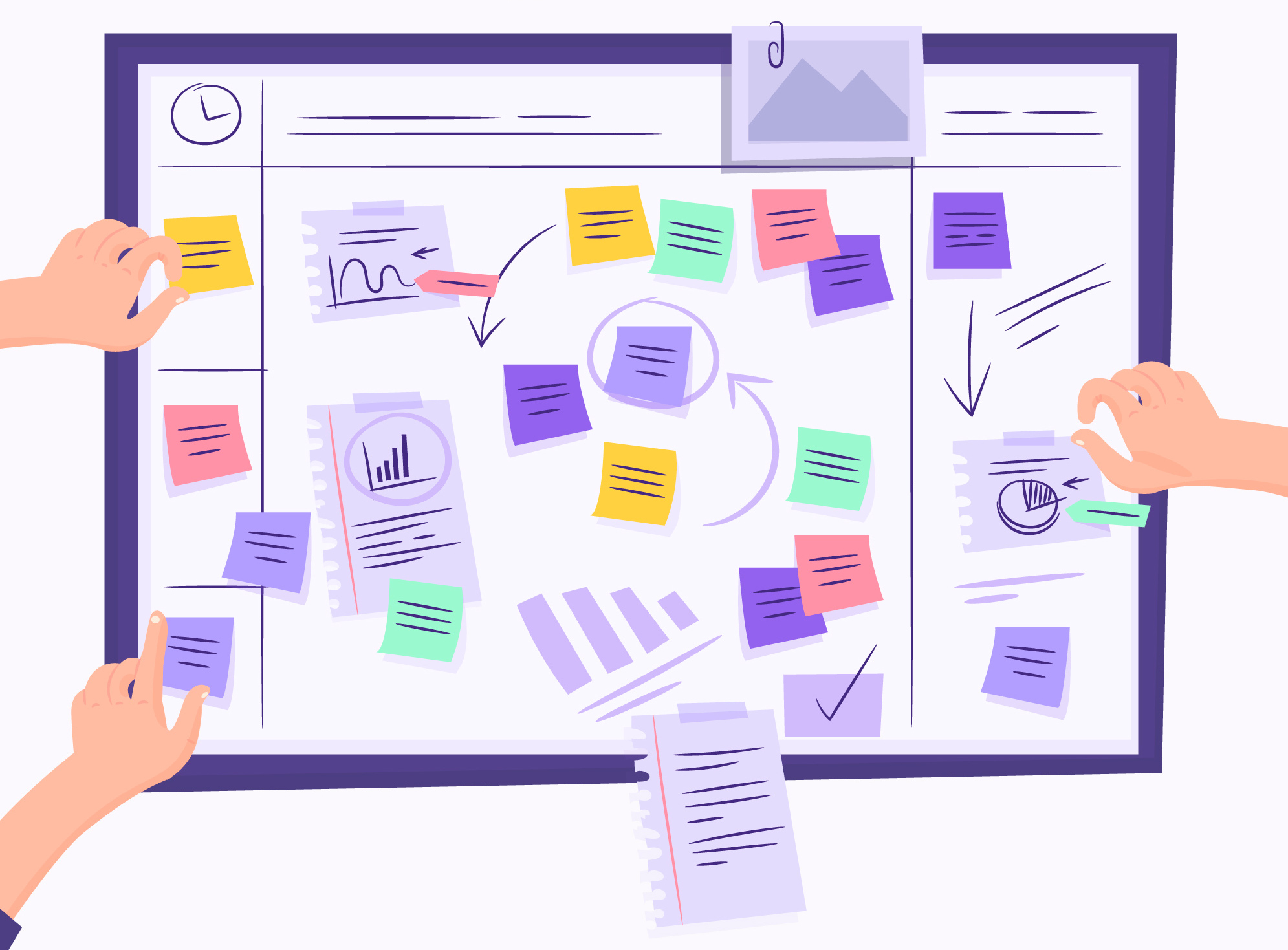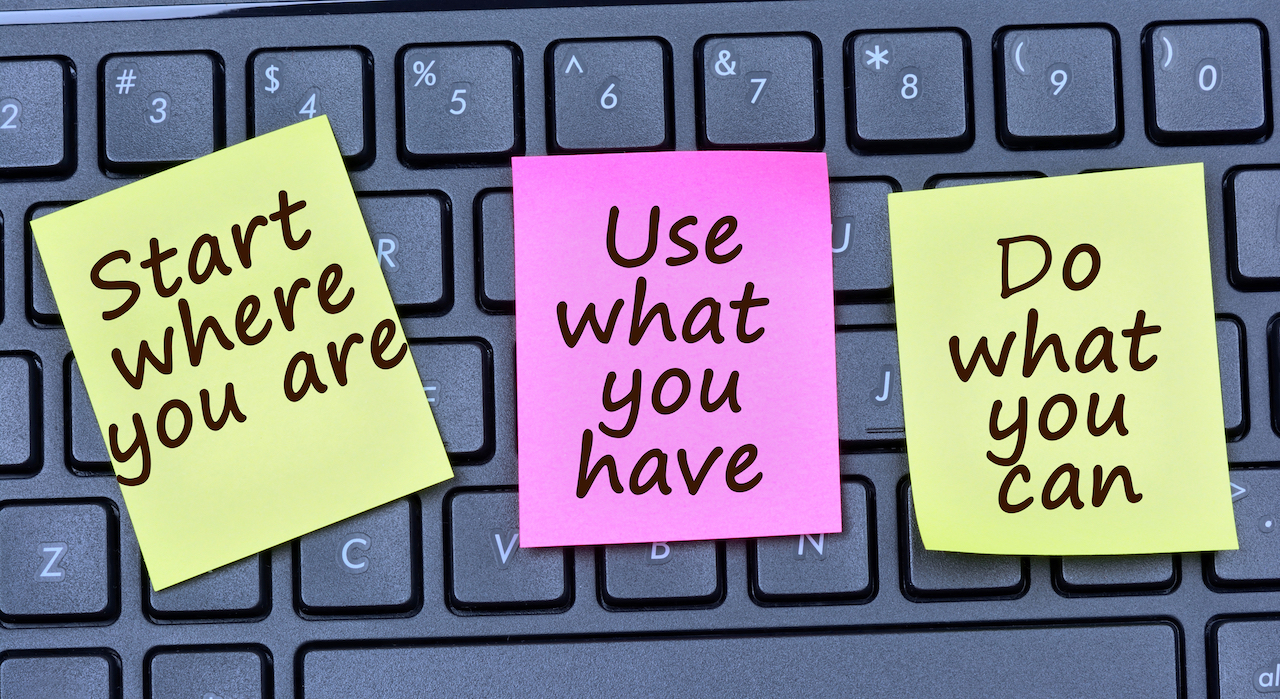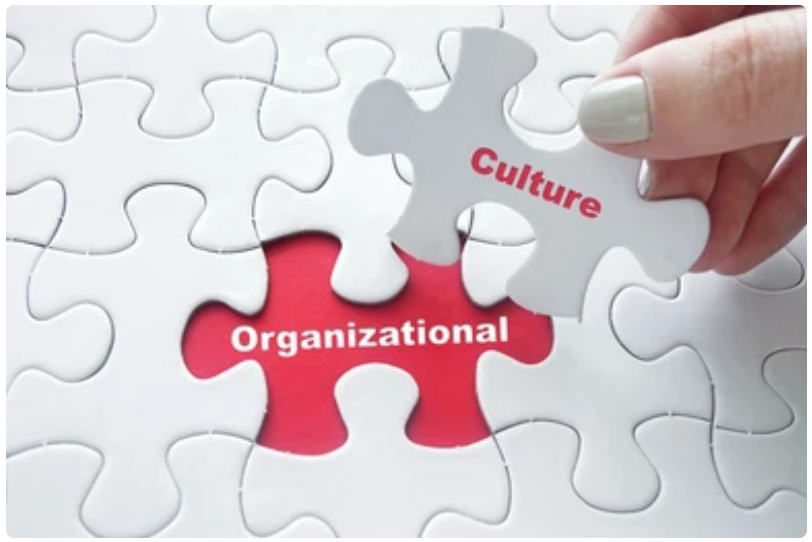06 Oct How to Budget for an External Evaluator by AGS Grant Staff
Posted at 18:00h
in Budgets, Evaluation, Federal Grants, Funders, Funding, Grants Management, Organizational Readiness, Professional Development, Program Design, Strategy
You know that you need an external evaluator. Maybe your organization doesn’t have the internal expertise or time to conduct a program evaluation yourself, or a grant funder requires a third-party evaluation. Many programs—and organizations—feel that they can’t afford an external evaluation, and funders don’t always pay for program evaluations. However, if you can convince donors and funders that your program is effective and efficient, you’ll be more competitive for future funding. A strong evaluation provides valuable information for data-based decision-making to inform program refinements and continuous improvement. Funders have a limited amount of dollars to award and, therefore, want to fund effective projects.










